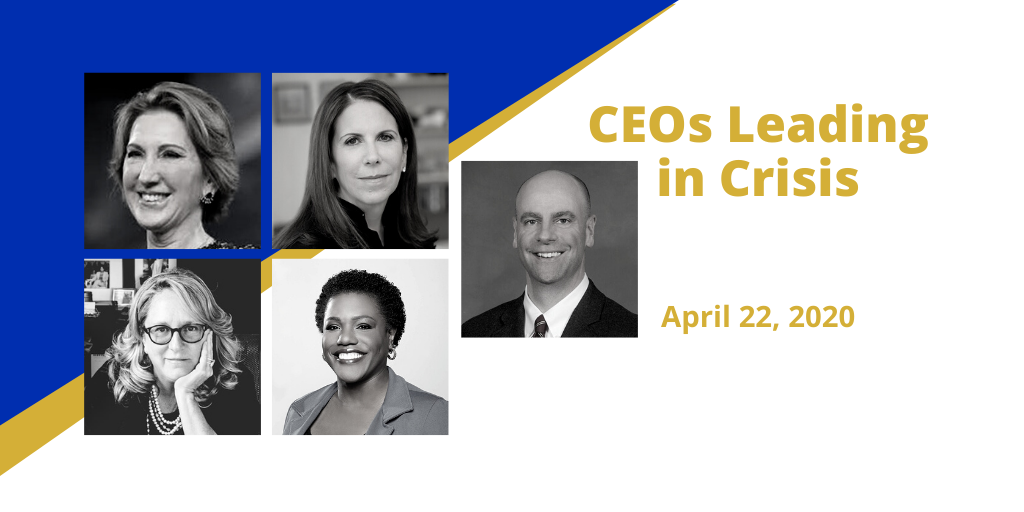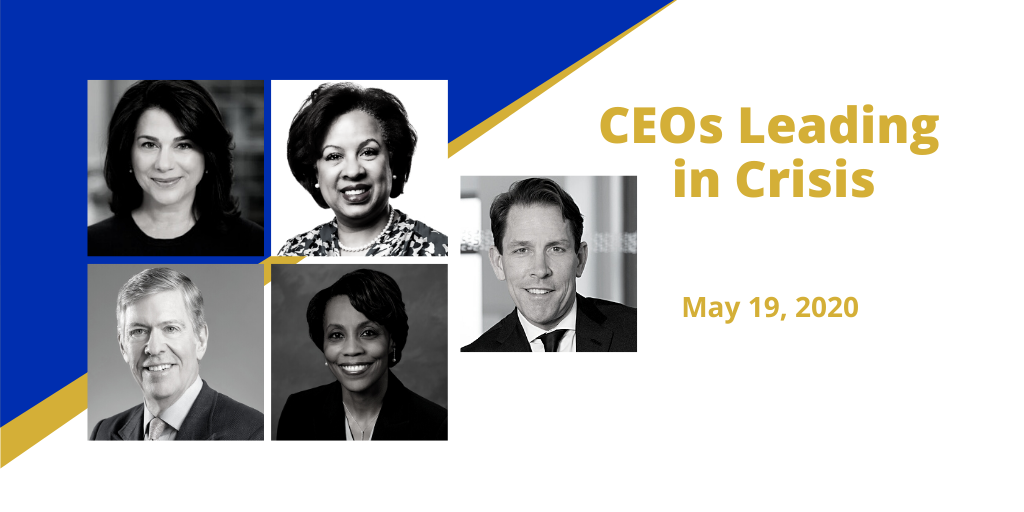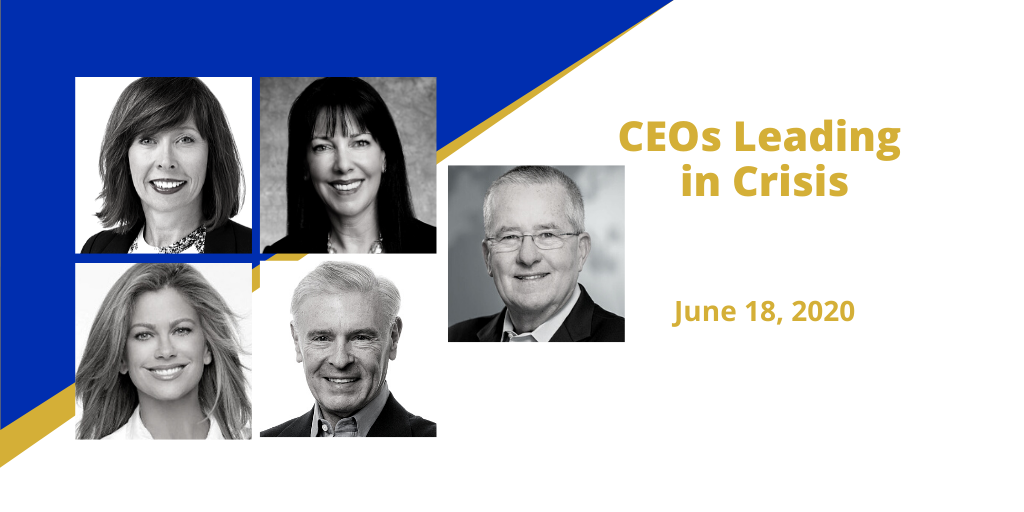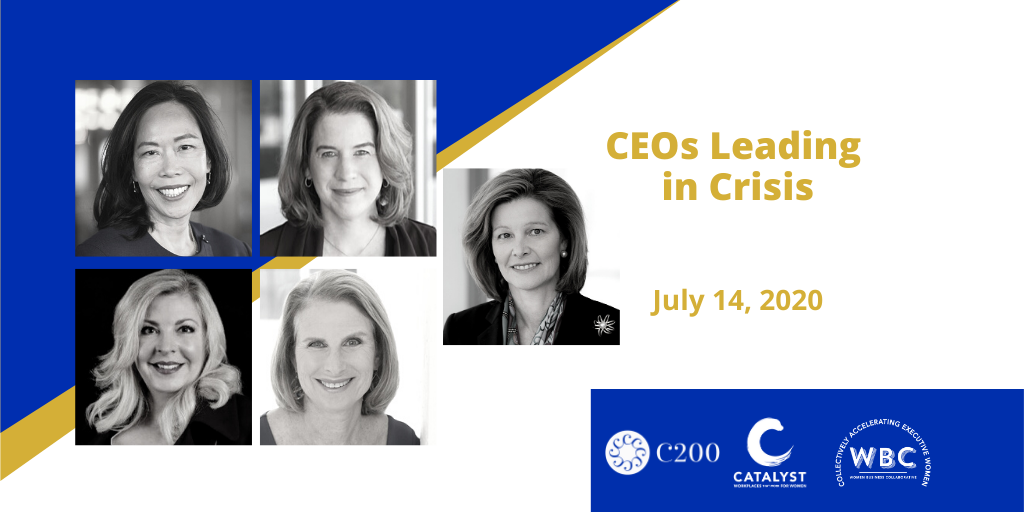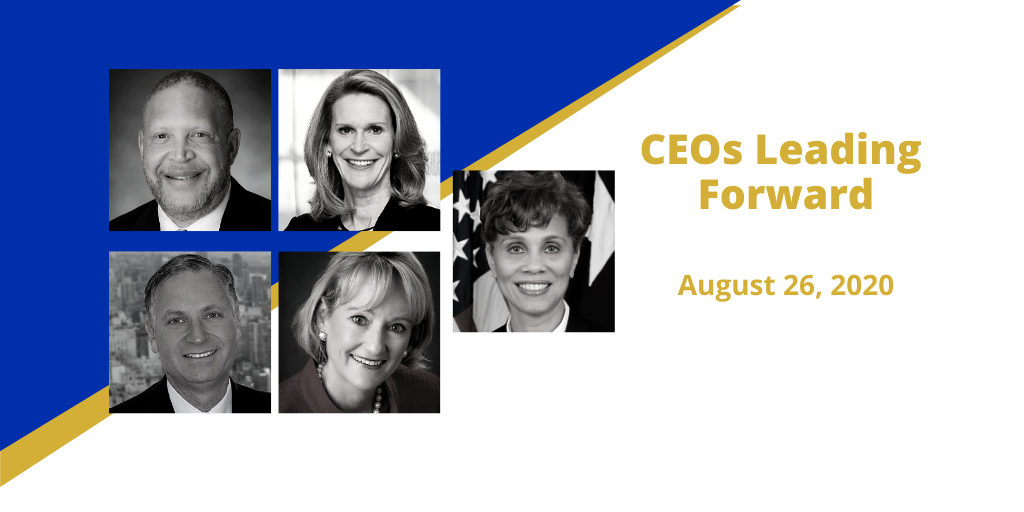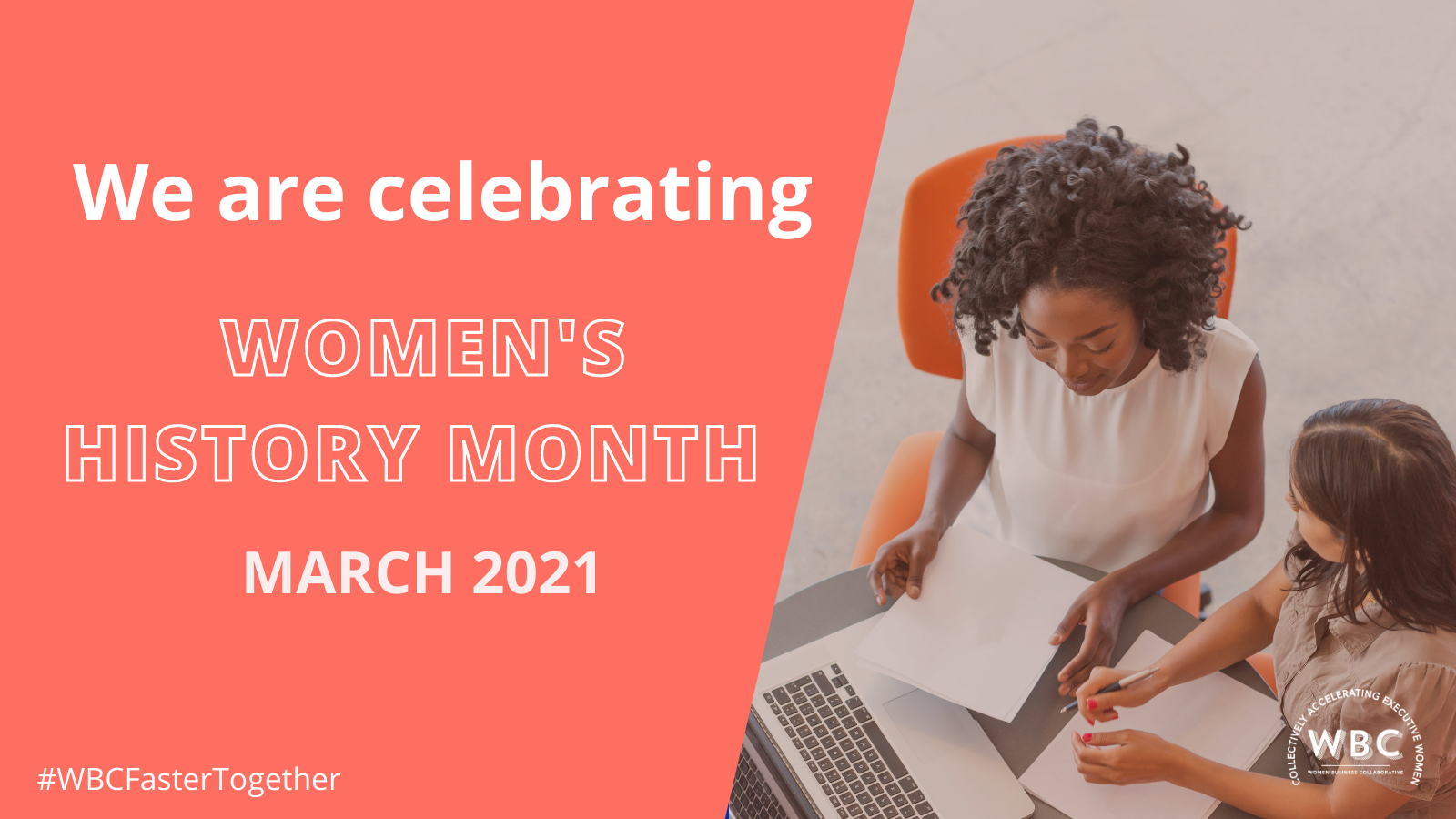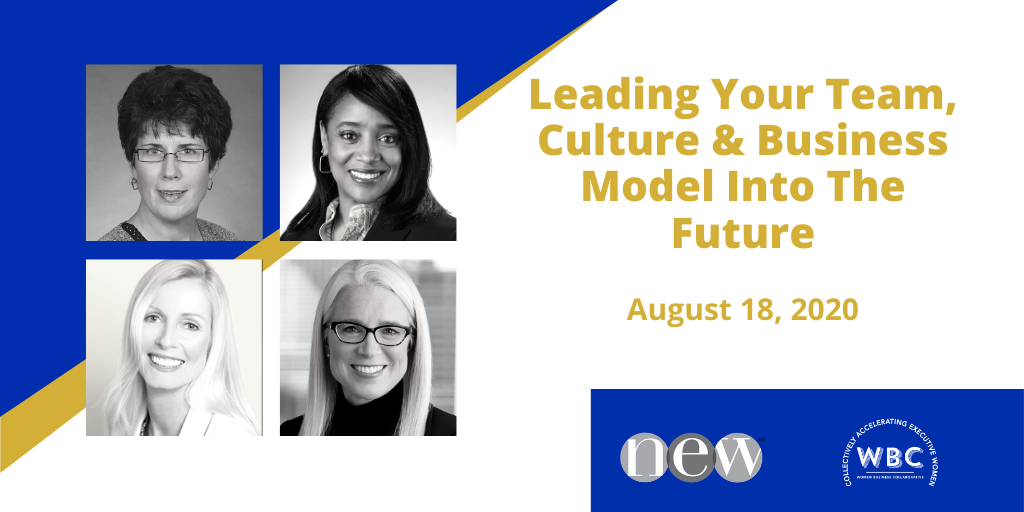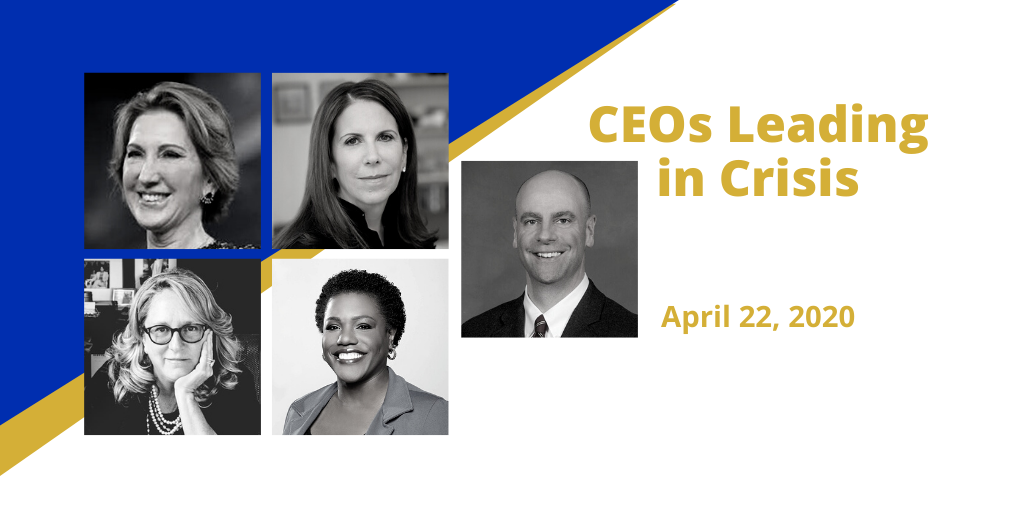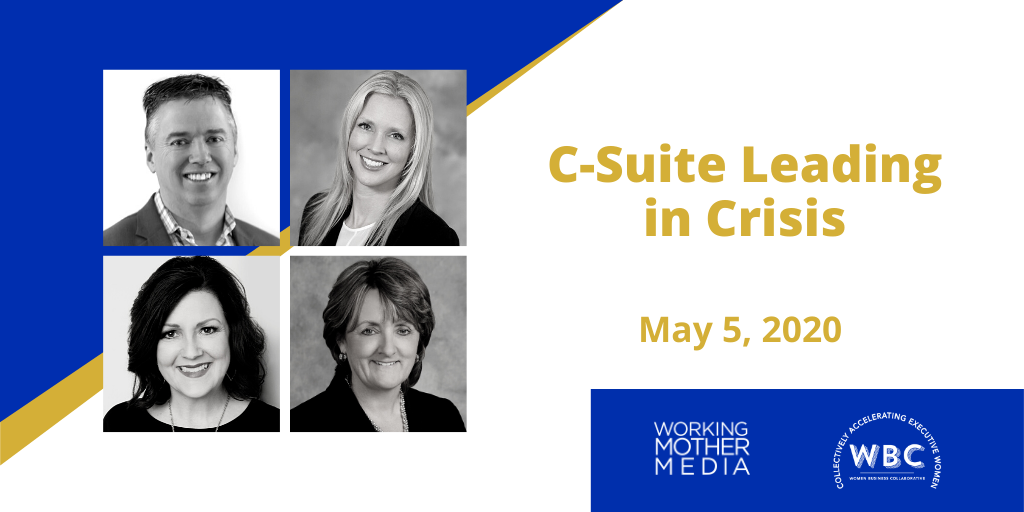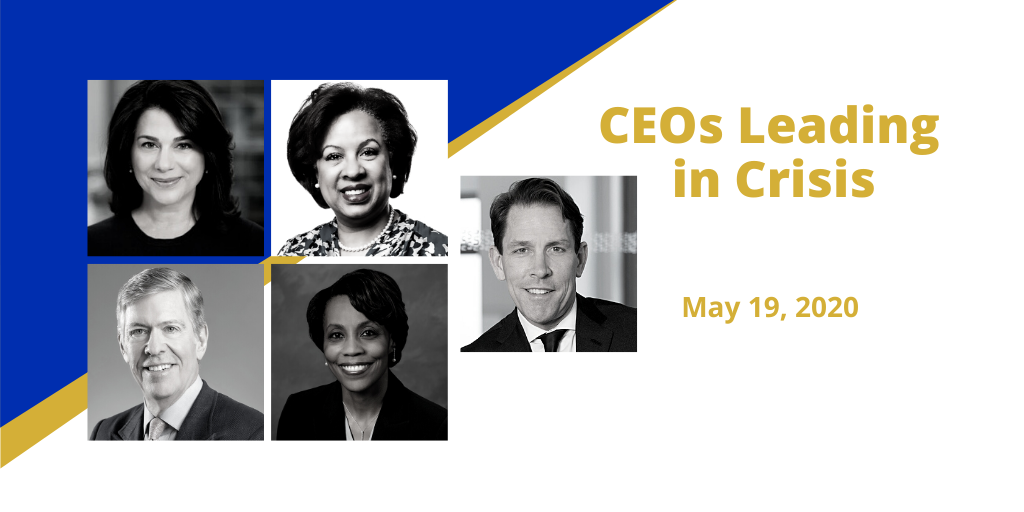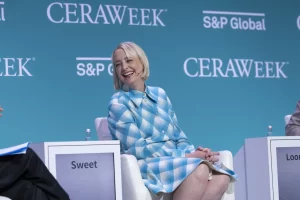
A century ago, the concept of the modern corporation was born. Today, we see an alignment of CEOs on global unity, new models of capitalism, and corporate cultures that celebrate people.
In the 1920s, Alfred Sloan at General Motors created the concept of the modern corporation. In the 1950s Peter Drucker codified management. In the 1980s, Japanese business culture brought in the concepts of quality and teamwork. In the early 2000s, we entered a fourth phase: the integration of purpose and profit.
Today, purpose-driven companies, with DEI at their heart, are on the path to both truly unleash the potential of individuals and to help enterprises become global societal leaders. This transformation will usher in a new, collaborative world.
Over the past few months, I’ve had the privilege of interviewing the CEOs of Accenture, IBM, Intel, L’Oréal, Northrup Grumman, PepsiCo, Walgreens, Verizon, and Zoetis for the Women Business Collaborative’s annual summit. What emerged are the four keys to DEI.
Start with gender equity
DEI is about fairness and opportunity for everyone to bring their whole self to work, and to collaborate towards a higher purpose.
Roz Brewer, the CEO of the Walgreens Boots Alliance shared critical fundamentals, “Commitment and accountability are key to achieving gender equity. Through Walgreens Boots Alliance’s unwavering commitment to diversity, equity, and inclusion and the implementation of initiatives such as our leadership accountability model, we have and will continue to increase the number of women in leadership positions.”
One company with a history of focus on gender equity is IBM. Arvind Krishna, CEO outlined the IBM path, “Building an inclusive workplace is a never-ending journey. IBM has conducted pay equity analysis since the 1970s to ensure that all IBMers receive equal pay for equal work. Recently, we added a diversity modifier to our annual incentive program to reinforce senior management’s focus on improving diversity in our workforce.”
It’s clear one of the areas where women’s representation has historically been low is in STEM. Kathy Warden, the CEO of Northrop Grumman Corp., says, “As a technology company, we are focused on attracting more women into STEM careers and creating pathways for people to come into the field later in life. This includes opening doors to careers previously limited to those with STEM education, and also investing in programs that inspire young women to find the fun and belonging possible in a STEM career.”
Build accountability throughout
Companies like Verizon are creating accountability through tracking and having third parties audit their progress. Hans Vestberg, the CEO of Verizon Communications, says, “Our Diversity & Inclusion Strategy extends throughout our entire organization. Because effective leadership is not based on what you say but what you do, we constantly track our effectiveness and have appointed an outside auditor to tell us objectively how we are doing and how we can improve.”
Zoetis CEO Kristin Peck stresses the importance of the link between accountability, communication, and action, “Every leader should feel accountable for creating a workplace that works for all–whether it’s making that next meeting feel inclusive, ensuring colleagues feel heard, or recruiting differently. From the boardroom to the shop floor, leaders can take actions for gender parity and make diversity, equity and inclusion the heart of everything we do.”
Use DEI to transform not just your organization–but also the world
Innovation is key to positively impacting the world. I’ve asked dozens of CEOs about the secret to innovation–and practically every leader answered that diversity of thought is what yields new ideas.
Intel CEO Pat Gelsinger explains how innovation impacts the company’s bottom line–and the world, “Diversity, equity, and inclusion accelerate innovation, attract top talent, deepen employee engagement and improve the bottom line. Capturing such benefits requires fostering that culture throughout the industry. Intel started the Alliance for Global Inclusion to create shared responsibility, consistency of measurement to track progress, and address areas needing improvement.”
It’s vital to recognize your enterprise’s role–and potential–in the global ecosystem.
PepsiCo CEO Ramon Laguarta explains the cascading impact of aligning suppliers on DEI, “We see ourselves as not only responsible for moving diversity in PepsiCo, but moving diversity as part of a much bigger ecosystem. And obviously, with scale, we have a lot of influence on our suppliers, we have a lot of influence on our customers and our communities that we operate, and we see ourselves as moving and inspiring those communities, those suppliers, those organizations to move along with us at the same speed.”
L’Oréal Group’s CEO Nicolas Hieronimus, stresses the importance of the continuum that impacts broader communities. “L’Oréal has long been committed to the empowerment of women and people of all genders, and more broadly to Diversity, Equity & Inclusion. Our commitment is reflected in many ways: from combatting stereotypes in advertising, to fighting domestic violence, to working to close the gender pay. This commitment is essential to our ways of working and to how we create the beauty that moves the world.”
Believe first, then plan and implement
Success comes when there is a smart plan that’s implemented by an aligned culture., Accenture CEO Julie Sweet outlines a prescriptive three-step process–which starts by believing–that leads to measurable results, “Success in diversity and inclusion begins with belief: the belief that diversity is an important part of our business success.
“When you have that belief, good things happen, because that belief means that you treat diversity and inclusion as a business priority. At Accenture, we set goals, for example, to reach 50/50 gender parity by 2025, and women to make up 30% of our managing directors. We have also set public goals around race and ethnicity. The second thing is to have intentional plans and treat them just like your revenue goals.
“The third is accountability. Our top 500 leaders are measured by what we call a Shared Success Scorecard that includes people engagement, retention of key talent, and diversity goals. When you achieve these three things–goals, plans, and accountability–success follows.”
Robert Reiss is the founder and CEO of The CEO Forum Group.
The opinions expressed in Fortune.com commentary pieces are solely the views of their authors and do not necessarily reflect the opinions and beliefs of Fortune.


